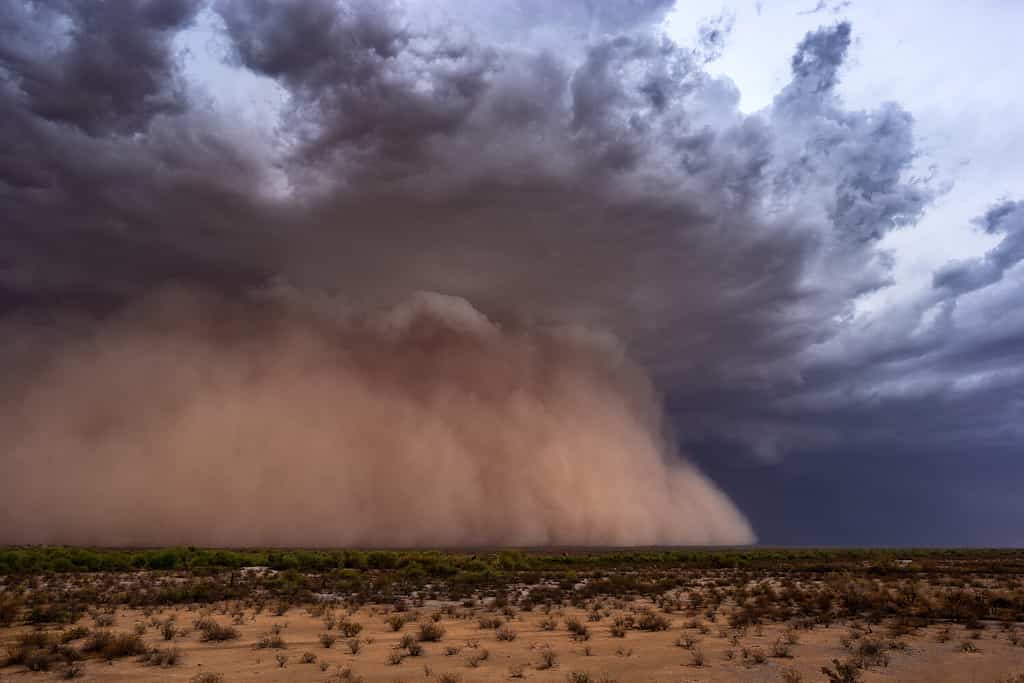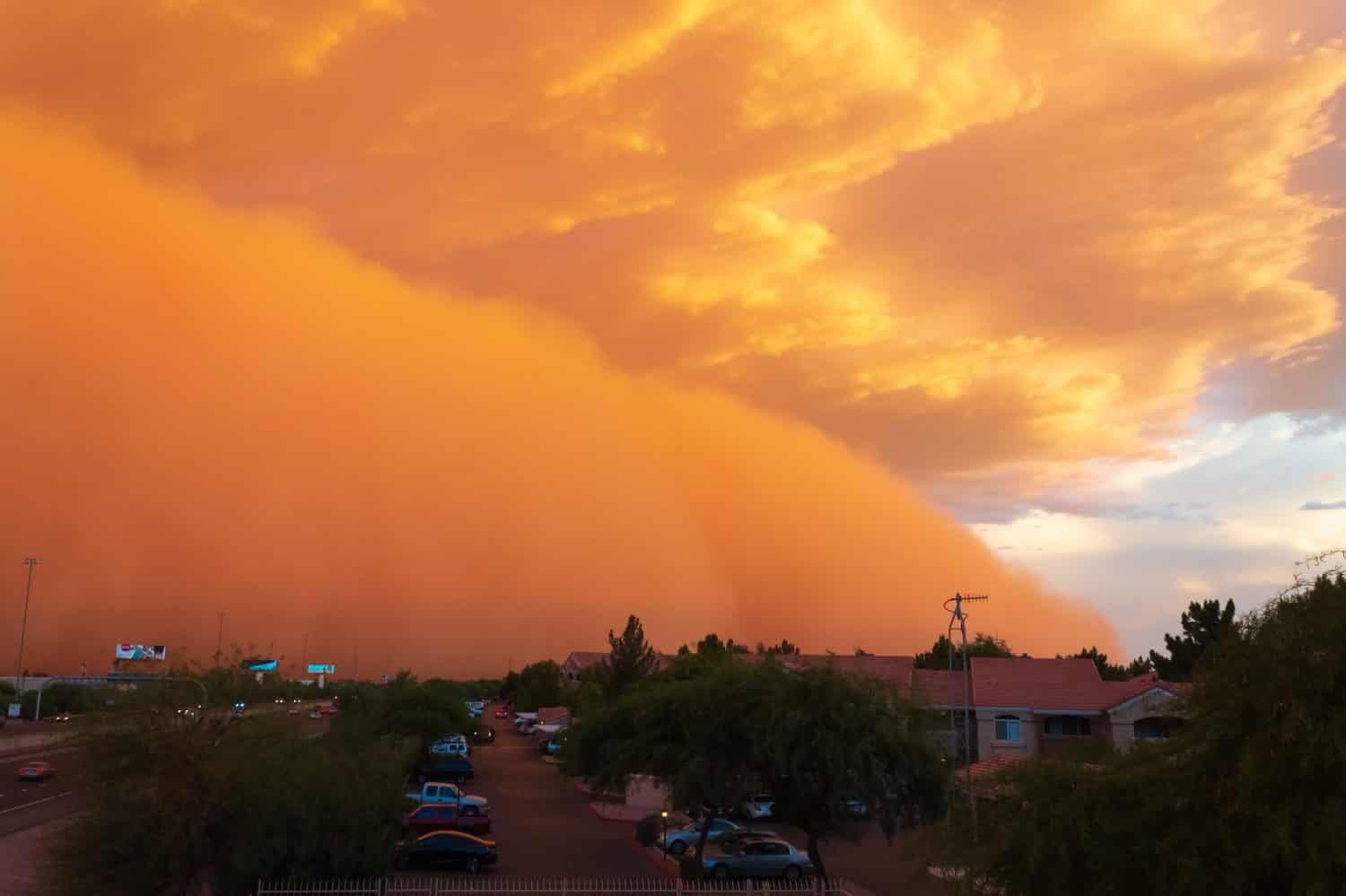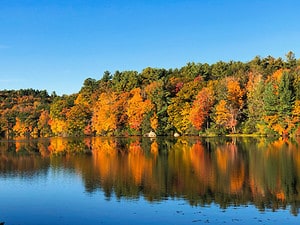What is a Haboob? Where do you find them, and what can you do to stay safe during one? Well, a Haboob is an intense sand-and-dust storm carried by winds blowing in the summertime in desert regions of the world. The name Haboob derives from Arabic. It actually means “blowing furiously.”
Haboobs are common in the Middle East, North Africa, Australia, and North America. During a major thunderstorm, the winds will generally move in the opposite direction of the storm. In the case of a haboob, these winds originate from the outflow winds, or “gust fronts,” of thunderstorms.
So, what causes them, and how do you stay safe?
How Does a Haboob Form?
During the summer months, typically between June and September, is monsoon season in Arizona. This can provide quite a bit of rain for parts of the Grand Canyon State. If the storm is away from a dry area, then the winds from that storm can produce these dust storms or haboobs. They usually form from weakening thunderstorms that are taken by the winds into lower deserts in the evening. The rain may fall and practically evaporate into the hot, dry desert air.
As all of this occurs, it cools the air and pushes it to the surface, creating microbursts or downbursts. According to the National Oceanic and Atmospheric Administration (NOAA), haboobs typically lift sand and dust as high as 10,000 feet into the air. These massive storms can also travel at speeds of 60 miles per hour, measure up to 100 miles wide, and last for 10 to 30 minutes or longer.
Strong, downward-forcing winds hit the desert valley floors, picking up dust and pushing it in the direction the winds are traveling at the surface. These haboobs can spread outwards at towering heights and travel many miles away from the collapsing thunderstorm. The ability to see can drop to near zero.

Haboobs in Arizona only come around during the summer months.
©John D Sirlin/Shutterstock.com
How Dangerous Is a Haboob?
Depending on the size and speed, a haboob can be quite dangerous. Not only are they scary to witness, but they are also powerful enough to damage property and even lives if a person finds themselves in the middle of one. With as quickly as a haboob forms, airborne dust can reduce visibility to near zero in mere seconds, leading to vehicle accidents on roadways. They can also take down trees and cause power outages.
Dust can also remain suspended in the air for days, triggering code orange air quality and allergy outbreaks for those with respiratory sensitivities. A code orange air quality is unhealthy for sensitive groups of people. Under an orange level (AQI values of 101-150), sensitive populations may experience health effects; as a result, they should reduce the amount of time spent outdoors. The general public is less likely to be affected.

Haboobs can be extremely dangerous in certain situations.
©Pritha_EasyArts/Shutterstock.com
What Should You Do if You’re Caught in a Haboob
There are always measures you can take to keep safe in any situation, and a haboob is no different. When you’re in the path of an oncoming haboob, the best thing you can do is seek shelter indoors. If you’re driving, pull over in the safest place you can find. If caught outdoors, cover your face with a cloth or clothing to prevent the particles from entering your lungs.
The National Weather Service also has tips and tricks for staying safe in a haboob. As always, don’t enter the dust storm area if you can avoid it. Never stop on the traveled portion of the roadway. If dense dust is observed blowing across or approaching a roadway, pull your vehicle off the pavement as far as possible, stop, turn off lights, set the emergency brake, and take your foot off of the brake pedal to be sure the taillights are not illuminated.
If you can’t pull off the roadway, proceed at a speed suitable for visibility, turn on lights, and sound the horn occasionally. Use the painted center line to help guide you. Look for a safe place to pull off the roadway.

Always stay in your house if you can during a haboob.
Are All Dust Storms Haboobs?
The terms haboob and dust storms are often used interchangeably, but not all dust storms are haboobs. While strong winds cause all sand and dust storms, only those that occur after a thunderstorm tend to be called haboobs. Dust storms created from surface winds, such as dust devils, are much less dangerous than haboobs and occur much lower to the ground.
Thank you for reading! Have some feedback for us? Contact the AZ Animals editorial team.









